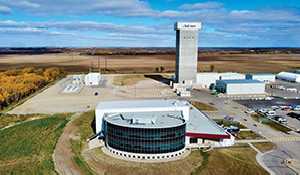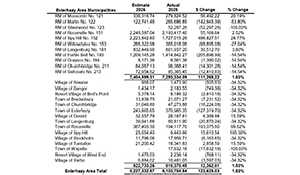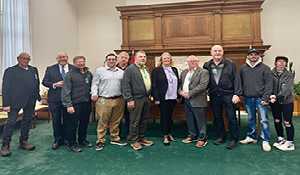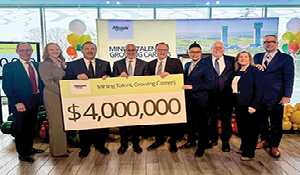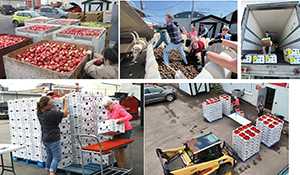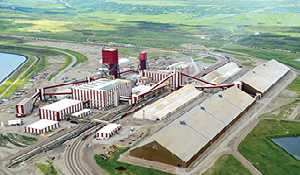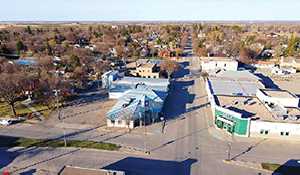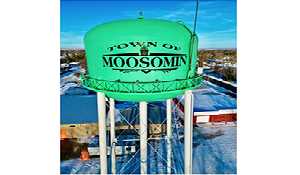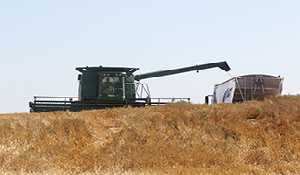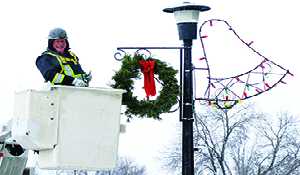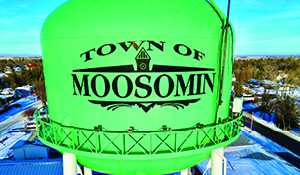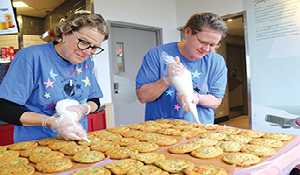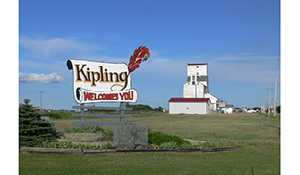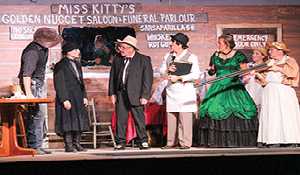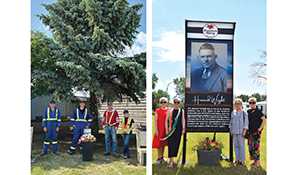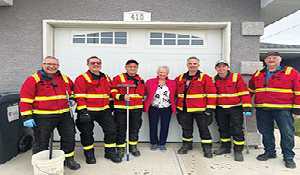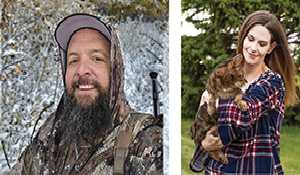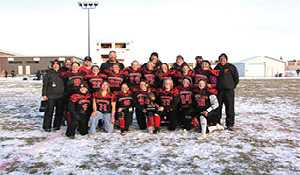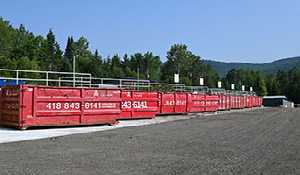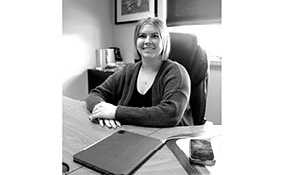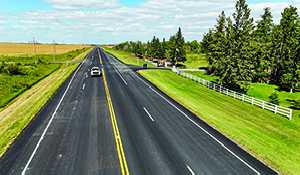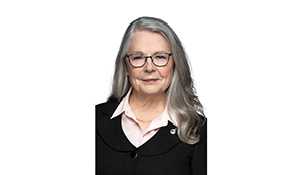Census numbers were too low in many local communities
Most revised counts in Sask., Manitoba, were too low, in Quebec, Newfoundland too high. Stats Can missed two-thirds of people in Carievale in the original census count, and reported the village lost 65 per cent of its population
May 24, 2023, 8:43 am
Kevin Weedmark


Moosomin isn’t the only community in southeast Saskatchewan to have its census numbers revised upwards by Statistics Canada in the wake of questions about the accuracy of the 2021 census.
Following reporting by the World-Spectator on inaccurate census numbers in Saskatchewan and Manitoba, many communities in southeast Saskatchewan and across both provinces appealed their numbers.
Statistics Canada has revised the census numbers for more communities in Saskatchewan than in any other province. There have been 37 census revisions from the original 2021 census in Saskatchewan, 20 in Manitoba, 16 in Newfoundland, 10 in Alberta, 9 in each of British Columbia and Nova Scotia, 8 in Quebec, 2 in Ontario, and one in each of New Brunswick and PEI.
The 57 revisions in Saskatchewan and Manitoba, where the World-Spectator originally found issues with the census numbers, compares with 56 in the entire rest of the country.
Around 70 per cent of the revisions in Saskatchewan and Manitoba resulted in higher census numbers than originally reported, but that wasn’t the case across the country.
In Quebec, Statistics Canada seemed to have the opposite problem to Saskatchewan, overcounting residents rather than undercounting them.
Sixty-two per cent of communities in Quebec that were reviewed were revised downward, including the Eeyou Istchee Baie James census subdivision, where the population was initially counted as 2,628 and was revised to 1,261, so the initial population count was more than twice as high as the revised figure. In another subdivision in Quebec, the revised figure was one third of the original reported figure.
In Nova Scotia, there were some major revisions downward. The Annapolis Valley First Nation was originally reported to have a population of 743 people in 322 households. The revised count is 200 people in 78 households, so the original incorrect count was 3.7 times the actual count. And in Indian River, Nova Scotia, the original population count of 2,739 is almost two and a half times the revised count of 1,119.
In Newfoundland, 56 per cent of the revisions were downward including Division 9, Subdivision G, reduced almost 50 per cent, from 96 to 50.
In southeast Saskatchewan, every revised number is higher than the original count.
The village of Carievale had an original population count of 85 in the 2021 census, which was revised to 244, meaning Statistics Canada missed two-thirds of the population of the village in the original count. The census also missed almost exactly two-thirds of the households in Carievale, counting 37 and later revising that to 103.
In Fairlight, StatsCan originally counted 25 people in 12 households in the 2021 census, and has revised that to 40 people in 18 households, increasing the official population count by 60 per cent.
In the RM of Martin, StatsCan originally counted 354 people in 101 households in the 2021 census, and has revised that to 319 people in 125 households, increasing the official population count by 25 per cent.
In the Town of Moosomin, StatsCan originally counted 2,657 people in 1,102 occupied dwellings. It has revised that to 2,774 people in 1,172 occupied dwellings, but the town still doesn’t believe the figure is accurate. According to StatsCan, even with the revised numbers, there are 74 unoccupied dwellings in Moosomin.
In the Town of Wapella, StatsCan originally counted 278 people in 117 occupied dwellings, meaning that by StatsCan’s count there were 44 empty houses in Wapella. It has revised that to 323 people in 133 households, increasing the population count by 16 per cent.
One community in Saskatchewan was revised to a population more than five times higher than originally reported. Amiskosakahikan First Nation was originally reported to have a population of 20 people in four households, which was corrected to 102 people in 23 households.

